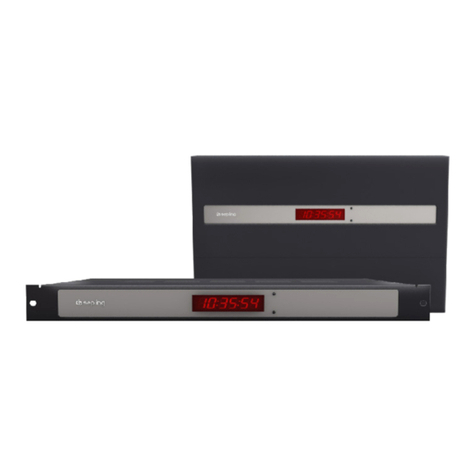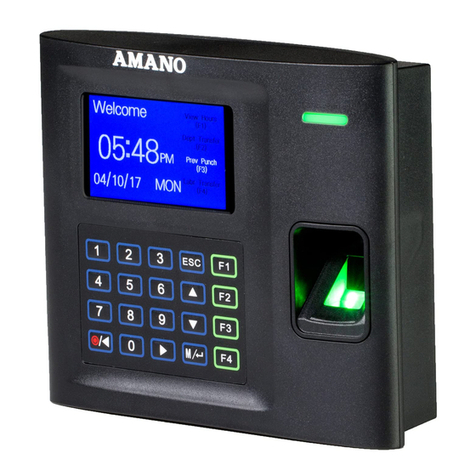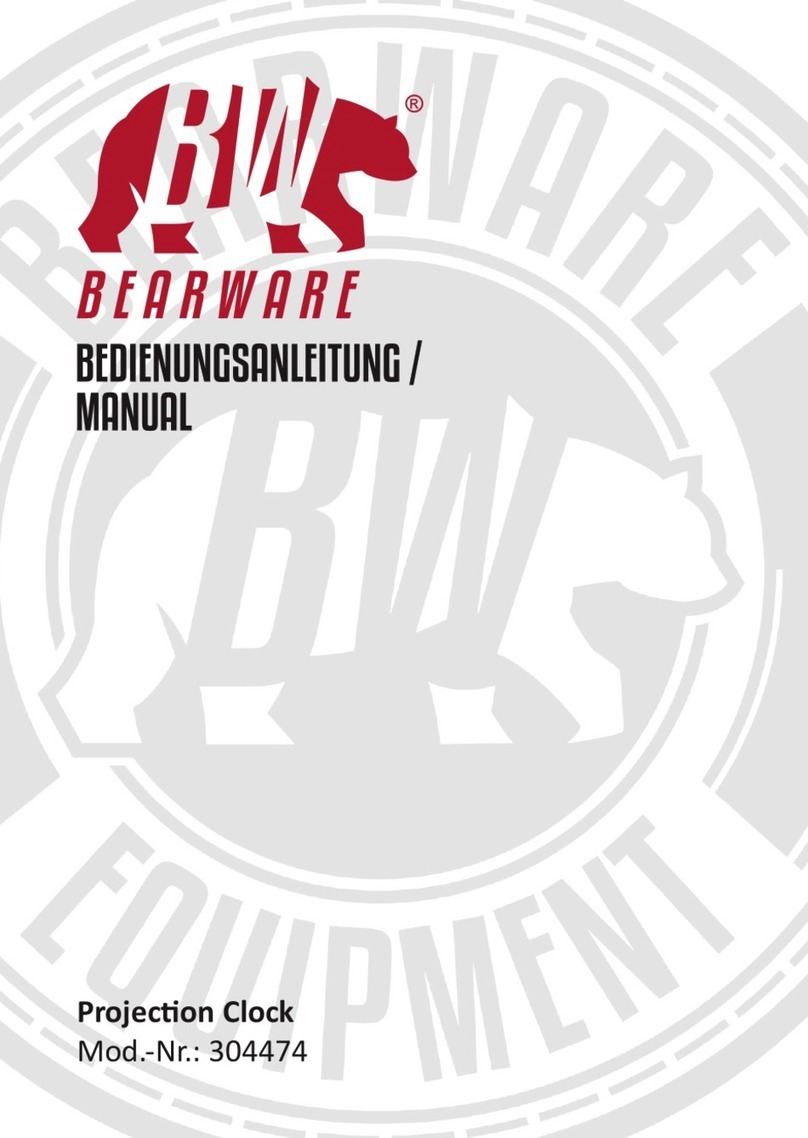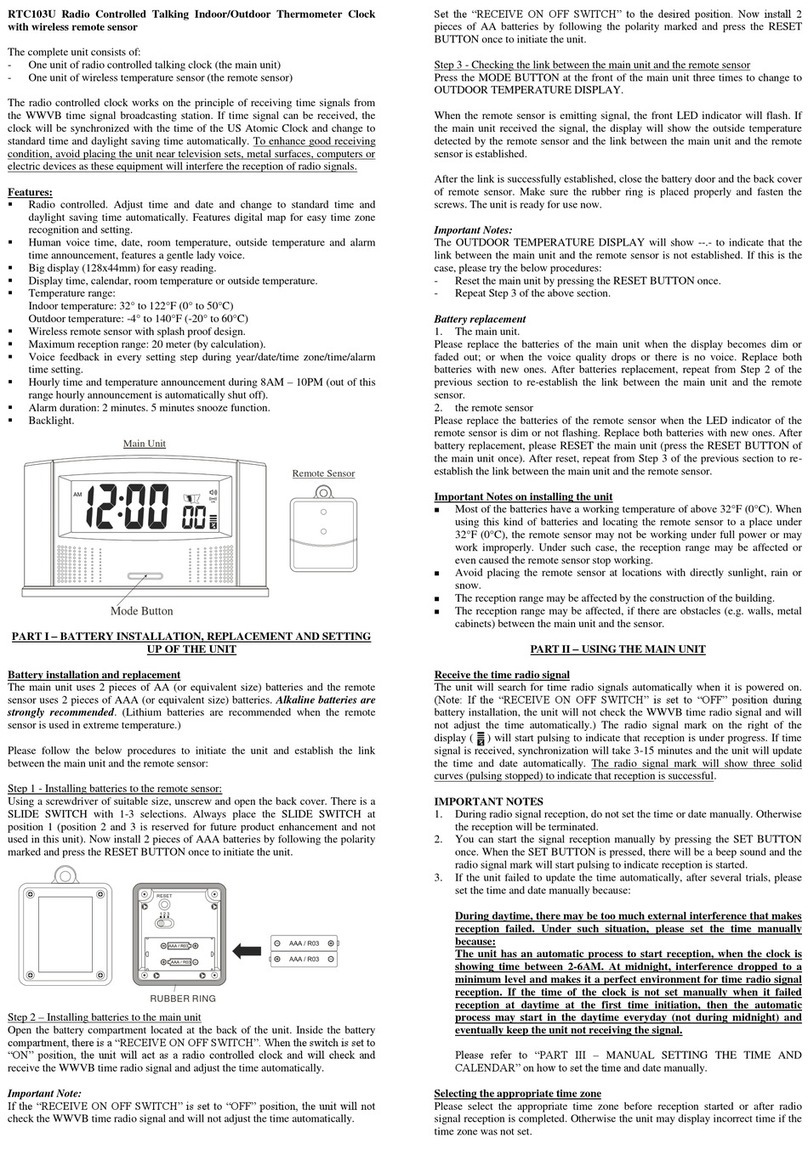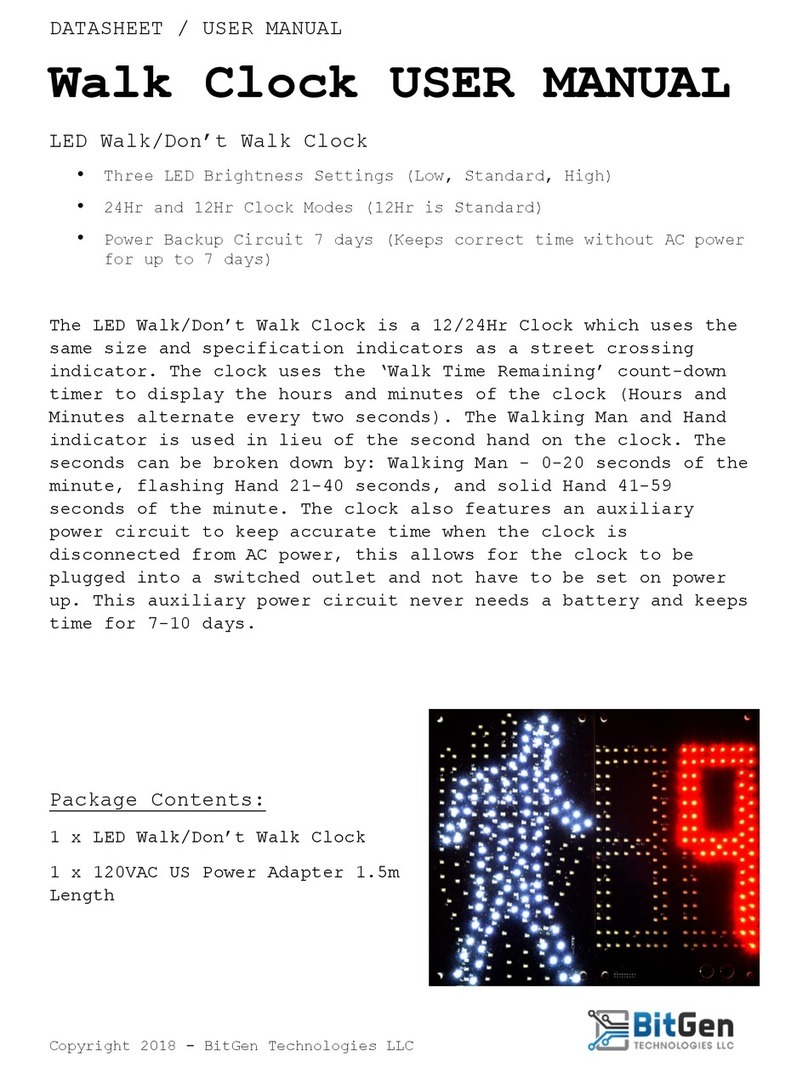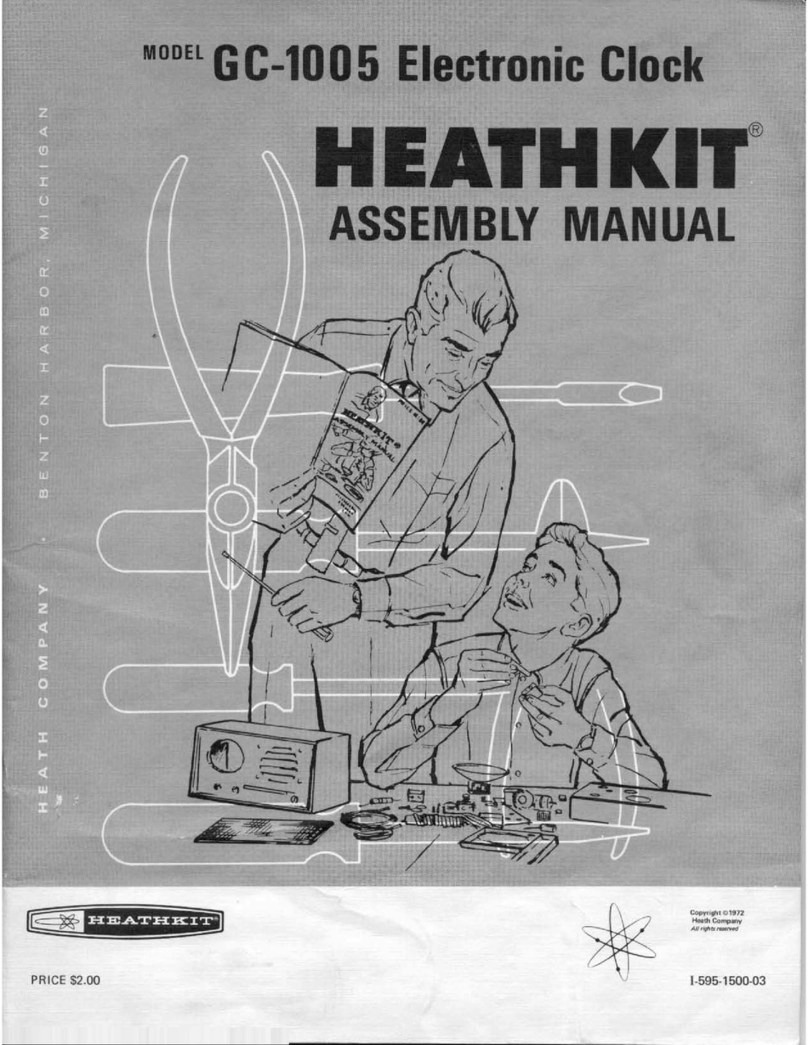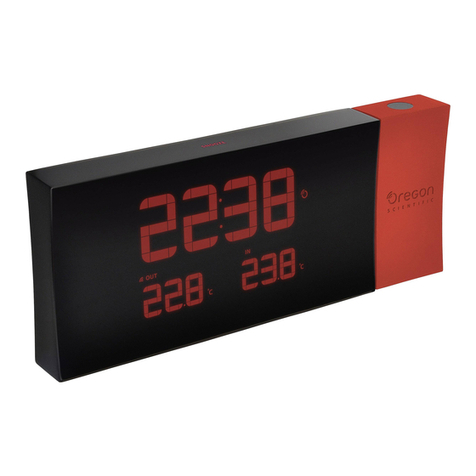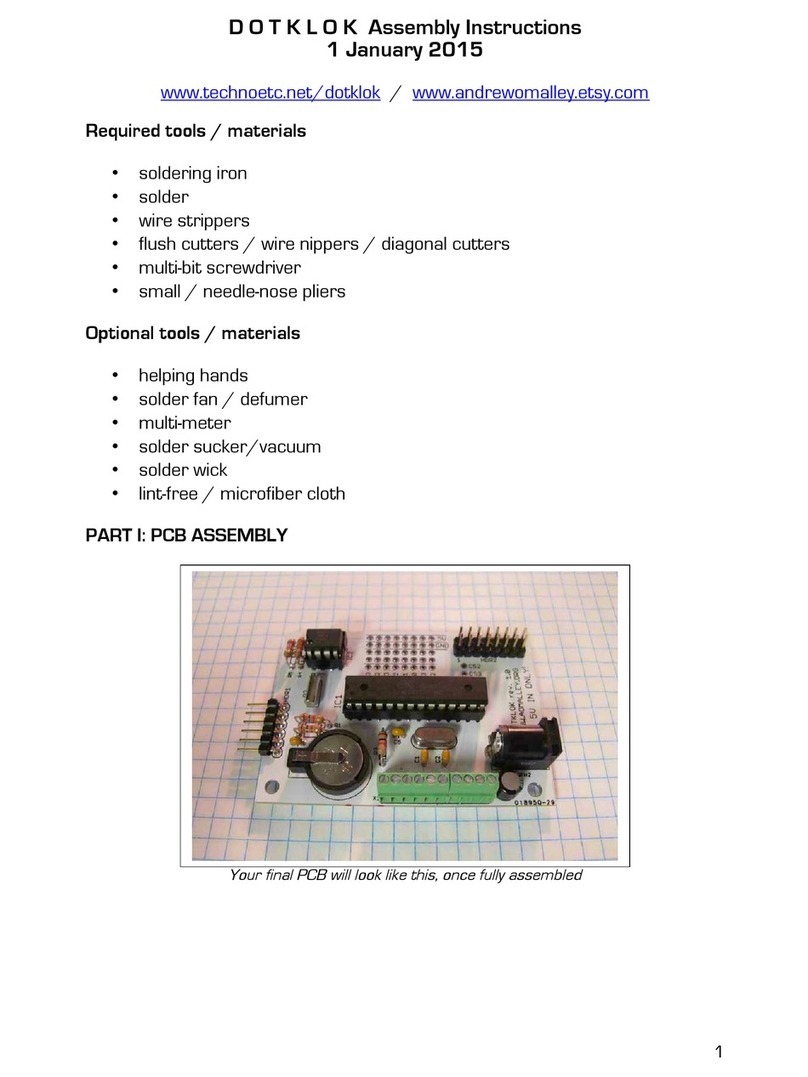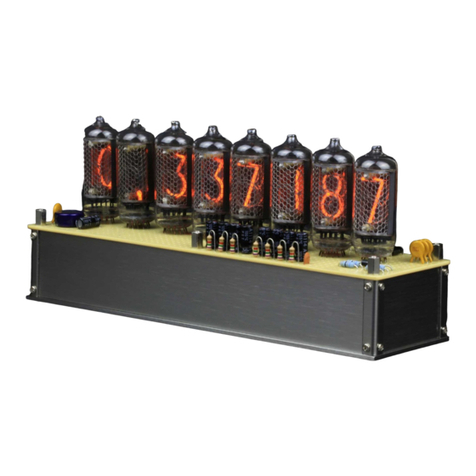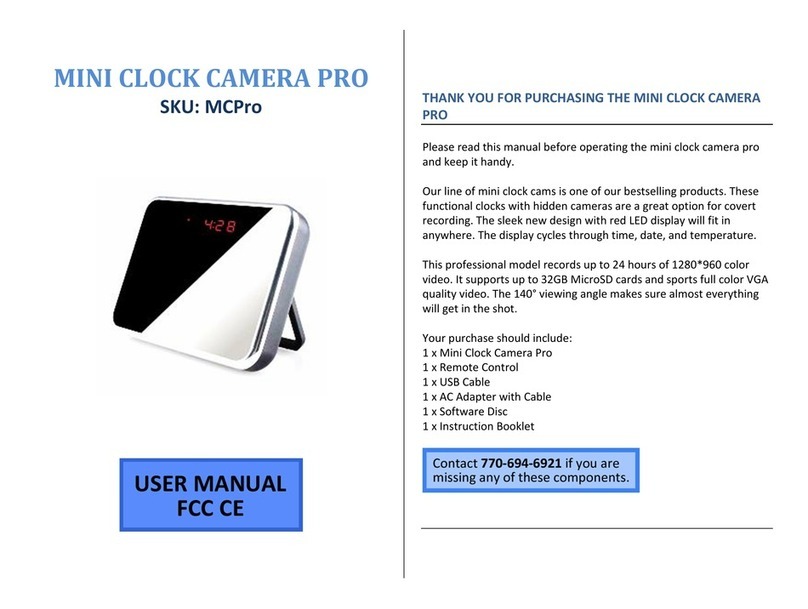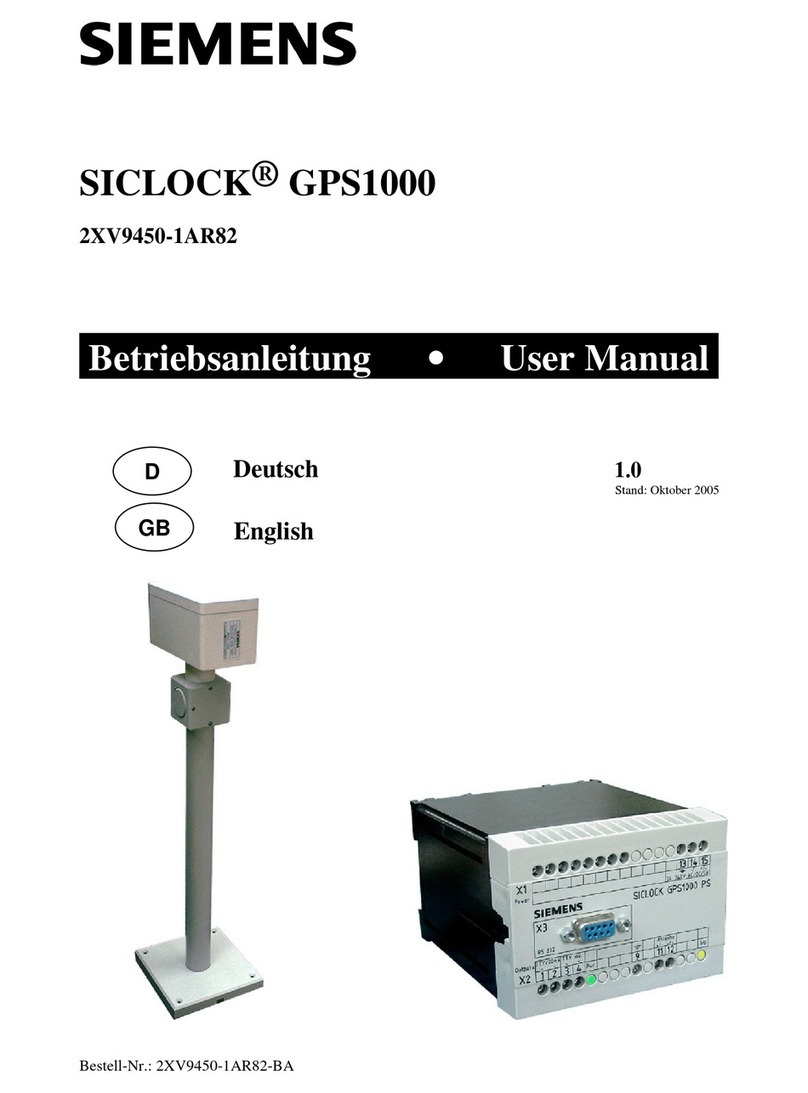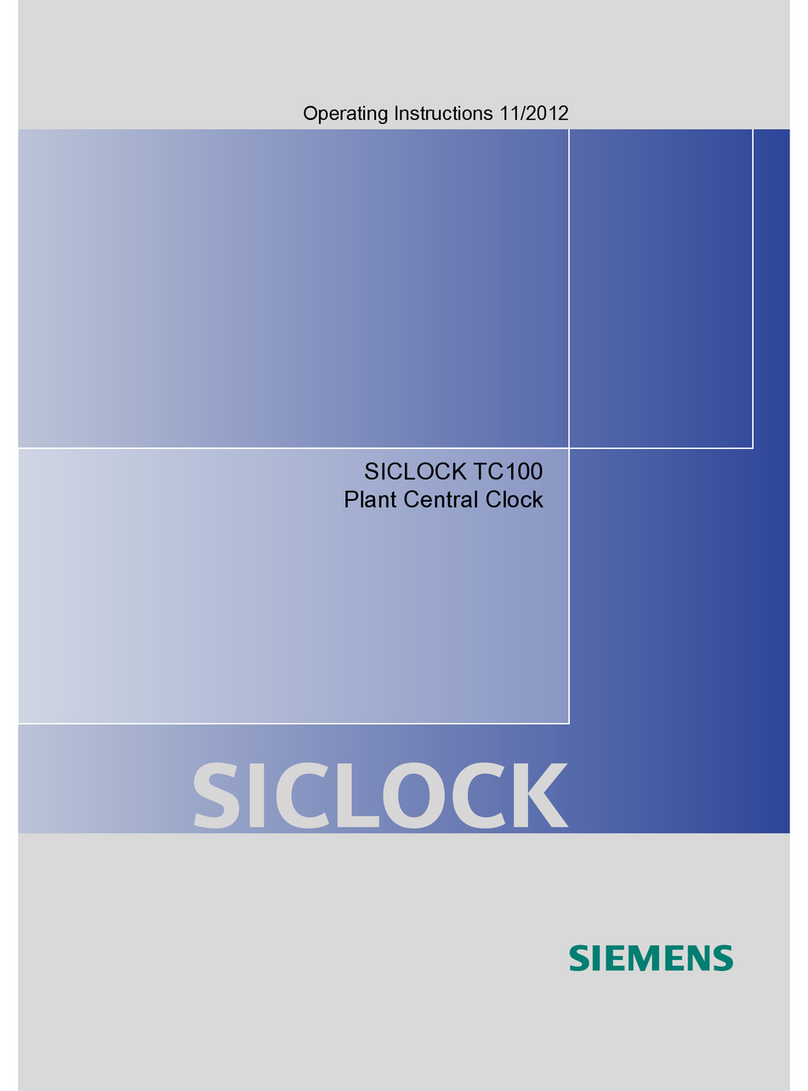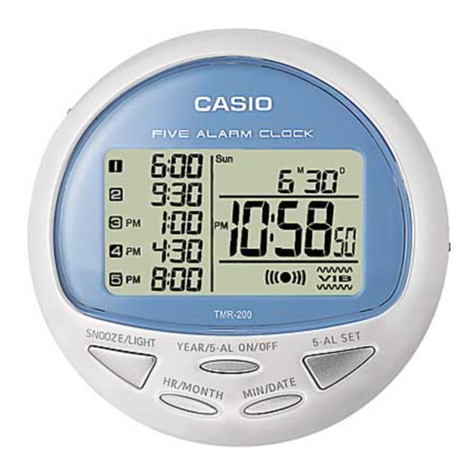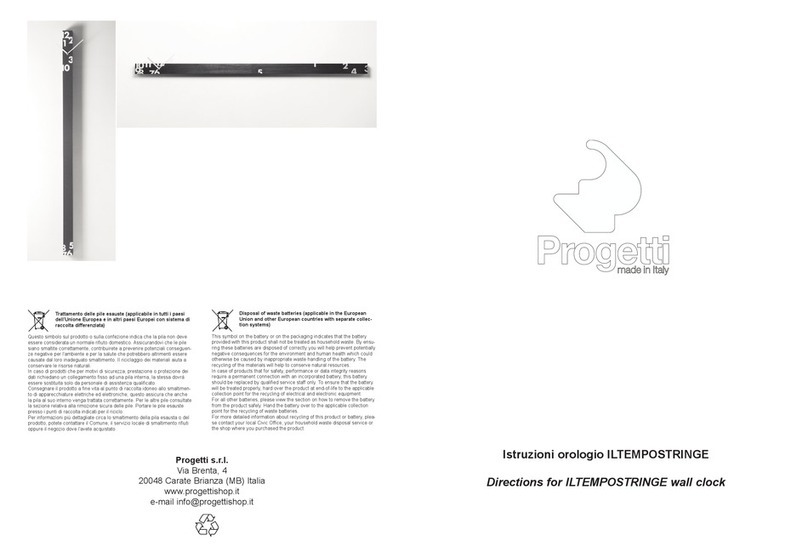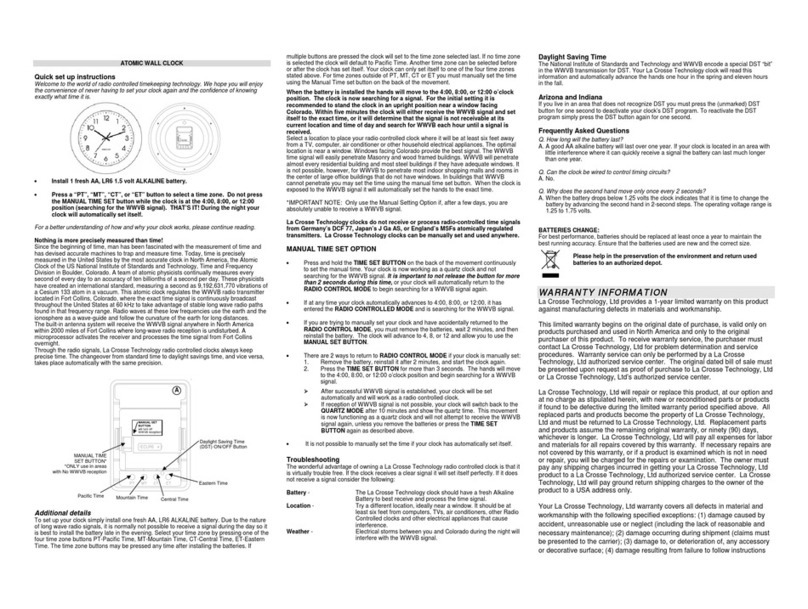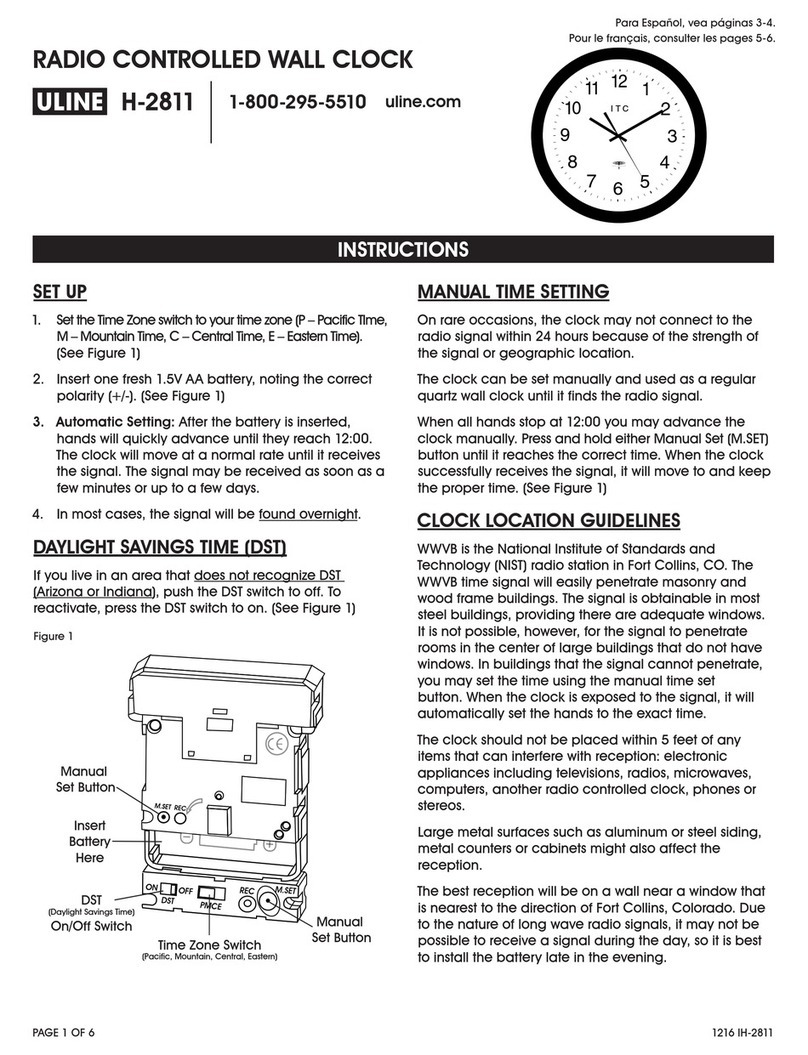Table of contents
Contents-6 ©Siemens AG 2007 All Rights Reserved
SICLOCK®TC 400
6.3 Connecting the external synchronization . . . . . . . . . . . . . . . . . . . . . 6-35
6.3.1 SICLOCK GPS1000 . . . . . . . . . . . . . . . . . . . . . . . . . . . . . . . . . . . . . 6-37
6.3.2 SICLOCK DCFRS industrial version . . . . . . . . . . . . . . . . . . . . . . . . . 6-38
6.3.3 SICLOCK GPSDEC . . . . . . . . . . . . . . . . . . . . . . . . . . . . . . . . . . . . . 6-39
6.3.4 Third-party systems. . . . . . . . . . . . . . . . . . . . . . . . . . . . . . . . . . . . . . 6-40
6.4 Connecting the time receivers. . . . . . . . . . . . . . . . . . . . . . . . . . . . . . 6-41
6.4.1 Point-to-point connections via OUTPUT 1 to 3 . . . . . . . . . . . . . . . . . 6-41
6.4.2 Redundant point-to-point connections. . . . . . . . . . . . . . . . . . . . . . . . 6-43
6.5 Connecting an alarm output and a warning output . . . . . . . . . . . . . . 6-44
7 Configuration Tool . . . . . . . . . . . . . . . . . . . . . . . . . . . . . . . . . . . . . . . . . . . . . 7-45
7.1 Menus . . . . . . . . . . . . . . . . . . . . . . . . . . . . . . . . . . . . . . . . . . . . . . . . 7-48
7.2 General functions . . . . . . . . . . . . . . . . . . . . . . . . . . . . . . . . . . . . . . . 7-50
7.2.1 Establish/disconnect online connection. . . . . . . . . . . . . . . . . . . . . . . 7-51
7.2.2 Authorization . . . . . . . . . . . . . . . . . . . . . . . . . . . . . . . . . . . . . . . . . . . 7-52
7.3 Parameters . . . . . . . . . . . . . . . . . . . . . . . . . . . . . . . . . . . . . . . . . . . . 7-53
7.3.1 Sorting the parameter table. . . . . . . . . . . . . . . . . . . . . . . . . . . . . . . . 7-57
7.3.2 Showing/hiding parameter table entries . . . . . . . . . . . . . . . . . . . . . . 7-57
7.3.3 Editing parameters . . . . . . . . . . . . . . . . . . . . . . . . . . . . . . . . . . . . . . 7-58
7.3.4 Reading parameters / writing parameters / resetting parameters to factory set-
tings. . . . . . . . . . . . . . . . . . . . . . . . . . . . . . . . . . . . . . . . . . . . . . . . . . 7-59
7.4 Archive . . . . . . . . . . . . . . . . . . . . . . . . . . . . . . . . . . . . . . . . . . . . . . . 7-60
7.4.1 Sorting the archive table . . . . . . . . . . . . . . . . . . . . . . . . . . . . . . . . . . 7-62
7.4.2 Filter . . . . . . . . . . . . . . . . . . . . . . . . . . . . . . . . . . . . . . . . . . . . . . . . . 7-63
7.5 Troubleshooting. . . . . . . . . . . . . . . . . . . . . . . . . . . . . . . . . . . . . . . . . 7-64
8 Parameterization and Operation on the Device. . . . . . . . . . . . . . . . . . . . . . 8-67
8.1 Operating display . . . . . . . . . . . . . . . . . . . . . . . . . . . . . . . . . . . . . . . 8-68
8.2 Operation and parameterization . . . . . . . . . . . . . . . . . . . . . . . . . . . . 8-70
8.2.1 Authorization (enter password) . . . . . . . . . . . . . . . . . . . . . . . . . . . . . 8-71
8.2.2 Parameter list . . . . . . . . . . . . . . . . . . . . . . . . . . . . . . . . . . . . . . . . . . 8-72
8.2.3 Editing dialog box . . . . . . . . . . . . . . . . . . . . . . . . . . . . . . . . . . . . . . . 8-73
9 Parameterization . . . . . . . . . . . . . . . . . . . . . . . . . . . . . . . . . . . . . . . . . . . . . . 9-75
9.1 Linking the external synchronization . . . . . . . . . . . . . . . . . . . . . . . . . 9-76
9.1.1 Radio clocks via terminals. . . . . . . . . . . . . . . . . . . . . . . . . . . . . . . . . 9-76
9.1.2 Operation as NTP client . . . . . . . . . . . . . . . . . . . . . . . . . . . . . . . . . . 9-77
9.1.3 Redundancy . . . . . . . . . . . . . . . . . . . . . . . . . . . . . . . . . . . . . . . . . . . 9-77
9.2 Linking the time receivers . . . . . . . . . . . . . . . . . . . . . . . . . . . . . . . . . 9-78
9.2.1 NTP server service . . . . . . . . . . . . . . . . . . . . . . . . . . . . . . . . . . . . . . 9-78
9.2.2 SIMATIC method. . . . . . . . . . . . . . . . . . . . . . . . . . . . . . . . . . . . . . . . 9-79
9.2.3 OUTPUT 1 to 3 via terminals . . . . . . . . . . . . . . . . . . . . . . . . . . . . . . 9-80
9.2.4 OUTPUT 1 and 2 redundant . . . . . . . . . . . . . . . . . . . . . . . . . . . . . . . 9-81
9.2.5 Output telegram (for OUTPUT 1 to 3) . . . . . . . . . . . . . . . . . . . . . . . . 9-82
